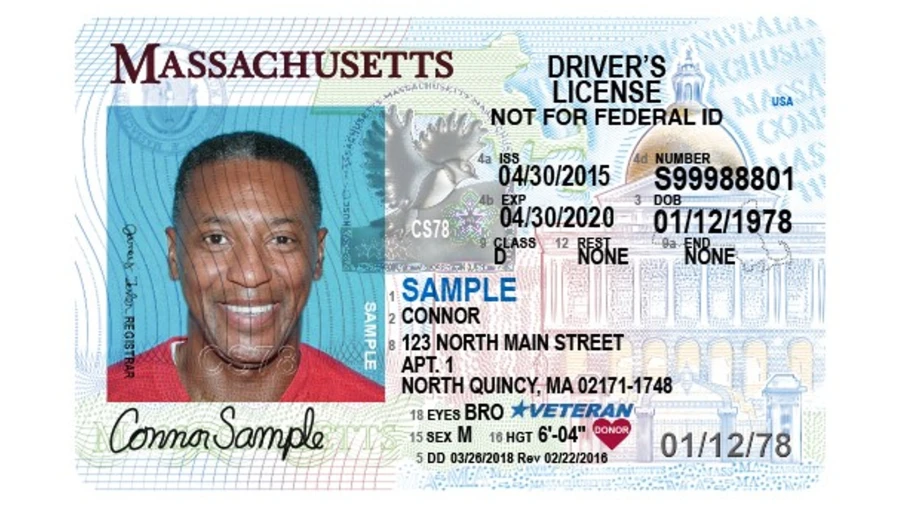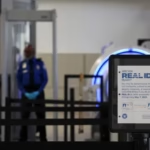The U.S. Transportation Security Administration (TSA) has confirmed that starting May 7, 2025, most residents of the United States will be required to have a Real ID to board domestic flights or access federal buildings.
The Real ID is an official form of identification that has existed for several years, though not all states had previously mandated its use. It may take the form of a driver’s license or a state-issued identification card for those who do not drive.
What is the difference between a Real ID and a standard ID?
The Real ID is a document recognized by the federal government. It contains various demographic data that federal authorities can access. It is considered a universal identification card.
In contrast, a standard ID is issued by the state in which the individual resides. It is not required to include all of the information that appears on a Real ID.
Before May 7, individuals in all states could travel using a standard ID without issue. However, the federal government has changed the rules. As of Wednesday, May 7, anyone wishing to fly or access federal buildings must present a Real ID.
In certain states, not all residents are eligible for a Real ID. For instance, in Massachusetts, until recently, applicants had to prove legal status in the United States in order to obtain one.
This has caused considerable confusion over what qualifies as “legal status” and who is considered legally present.
It is not uncommon for two individuals—both with Temporary Protected Status (TPS) or other forms of immigration status—to visit the Registry of Motor Vehicles (RMV), where one receives a Real ID, while the other is issued a standard ID.
Massachusetts authorities have announced measures to address these inconsistencies. Other states have made similar commitments.
According to Mirror US, the Real ID program was launched in response to the September 11, 2001, terrorist attacks and became federal law in 2005. Its main goal is to strengthen national security. The Real ID is identified by a small gold star in the upper right corner of the card.
However, as Mirror US reports, five states will not require their residents to obtain the new ID.
Jack Hobbs notes: “The TSA has stated that residents of Washington, Michigan, Minnesota, New York, and Vermont may use what is called an Enhanced Driver’s License (EDL). These licenses meet federal standards and also allow land border crossings into Canada and Mexico.”
What do you need to apply for a Real ID?
According to federal authorities, the following documents are required:
-
Proof of identity (such as a birth certificate or passport)
-
Your Social Security number
-
Two documents proving your residency in the state
-
Proof of legal status in the United States
What if you don’t have a Real ID?
The TSA warns that individuals who do not have a Real ID or another accepted form of identification will be subject to an identity verification process, which may be time-consuming and does not guarantee access to flights.
According to the TSA: “A TSA officer may ask you to complete an identity verification process, which may include providing personal information such as your name and current address to confirm your identity.”
If your identity can be confirmed, you may be allowed through security. However, the TSA stresses: if you have no valid form of ID and refuse to complete the verification form, you will not be allowed to board.
Here is the list of 15 identification documents accepted by the TSA:
-
Driver’s license with Real ID features
-
U.S. passport
-
U.S. passport card
-
DHS “Trusted Traveler” cards (Global Entry, NEXUS, SENTRI, FAST)
-
U.S. Department of Defense ID, including dependent ID cards
-
Permanent resident card
-
Border crossing card
-
Federally recognized tribal-issued photo ID
-
HSPD-12 PIV card
-
Foreign government-issued passport
-
Canadian driver’s license or Indian and Northern Affairs Canada card
-
Transportation worker identification credential
-
USCIS employment authorization card (I-766)
-
U.S. Merchant Mariner Credential
-
Veterans Health Identification Card (VHIC)
It is also noted that these IDs may be accepted even if expired within the past year. Children under 18 are not required to present identification for domestic travel.
Although the Real ID mandate will take effect Wednesday, May 7, 2025, not everyone will need one. Residents of the five exempt states may continue using an Enhanced Driver’s License. However, all travelers should be prepared to show valid identification to avoid missing their flights or experiencing delays at the airport.
Have you made plans to update your ID yet?
Note: This text has been edited to correct an error regarding the effective date of the new rules for the Universal ID (Real ID), which will come into effect on May 7th.







